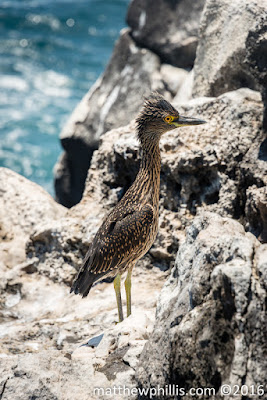 |
| First animal I saw, 2 minutes after getting off the plane! |
 |
| Fish breath! |
 |
| A male Frigate bird. |
 |
| I couldn't eat another bite! |
 |
| What are you looking at? |
 |
| Pelican in flight. |
 |
| One of the many strange birds here. |
 |
| A family of iguanas hanging around. |
 |
| Sunset in Puerto Ayara. |
 |
| I can't swim and I'm not big, but I'm cute! |
 |
| Pelican at the fish markets, waiting for food. |
 |
| A swimming Iguana! |
 |
| A pelican in a tree! |
 |
| Please sir, may I have some more? |
 |
| Lizard Love - cuddling in the sun. |
 |
| A giant Galapagos Tortoise. |
 |
| A land iguana... non-swimming freak! |
 |
| Back off man, she's mine! |





No comments:
Post a Comment